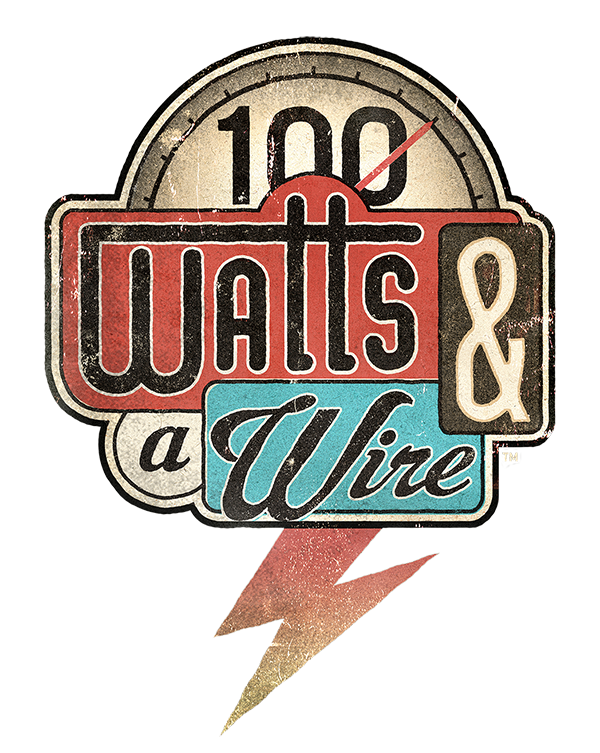|
Since this is a temporary antenna, I didn't want to get crazy with buying stuff to hang it up. I've usually got mason's line around because I end up using it for projects around the house. I needed something however, to get the end of the line over a tree. Thanks to my bad grammar, when I posted the statement on Twitter that I was looking for something to use,I made it sound like I wanted to throw my garage over a tree...thanks to VK5OI for catching that :-)
|
|
Those of you that read my first post on the topic may recall that my intention with this little 9:1 unun and random wire was to use the metal roof of our addition as that counterpoise. Rather than try to figure out a way to mount the unun, and then add a way to connect a jumper wire from the unun's ground side to the roof, I came up with something to kill both birds with one stone.
|
|
I connected my antenna wire to the other terminal, and then looped the other end through an insulator. With those details done, I tossed the end off the roof to the back yard where the end of my mason's line was waiting patiently. Once I tied it off, I walked around to the other end of the line that was waiting for me on the other side of the tree, and hoisted the whole thing into the air! |
I'm not too worried about wind, trees, etc. pulling on the wire, because mason's string is not strong stuff - at a moments protest it will just snap, letting the wire drop with no harm to the roof or house, so no worries there! In order to give it a little wiggle room however, so it wouldn't snap in a light breeze, I didn't tie the other end off - I just used a super high-tech counter-weighting arrangement:
Remember when Costco sold Scoop Away cat litter in buckets? That was great for two reasons - afterwards you had a useful bucket AND the buckets were a recyclable plastic. Now their litter comes in plastic bags that are much less recyclable. Boo on you Scoop away!
Anyway, in the bucket is half a brick to give it some weight. In a prior life I had drilled holes in the bottom of this particular bucket, so it won't hold water and get funky!
This gave enough separation that the SWR curve across my targeted portion of the HF spectrum looked like something my tuner would handle! 40 meters was the worst at 8:1, but that's still tune-able. Because I only have about 3 feet of feed-line from here to the back of the rig, I'm not too concerned about feed-line loss :-)
So how does it work? It's hard to say from just a few contacts, but I managed to catch a couple of fellow WWFFers on 40 meters (both CW and Phone) and I hopped around all the bands between 40 and 6 to make sure it would tune up. What I can say for sure, is that it "works" and I will be able to be on the air more reliably from home from my new temporary shack (in the corner of a closet), while I finish up the basement shack project!
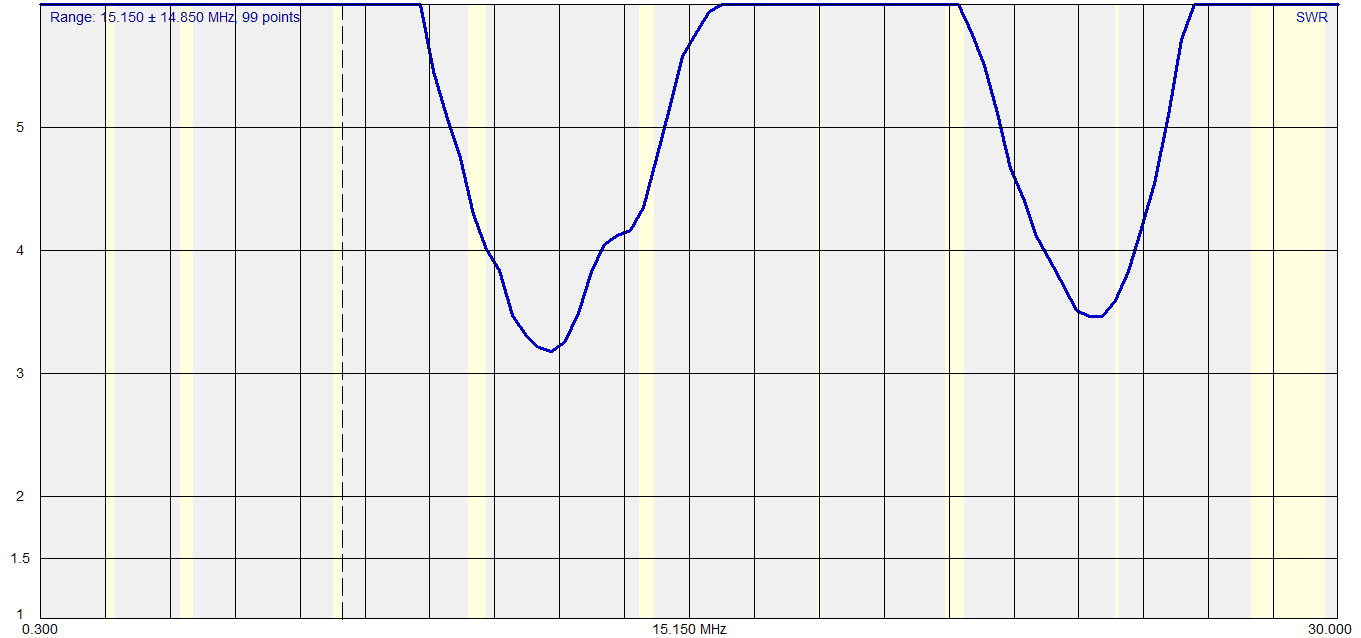
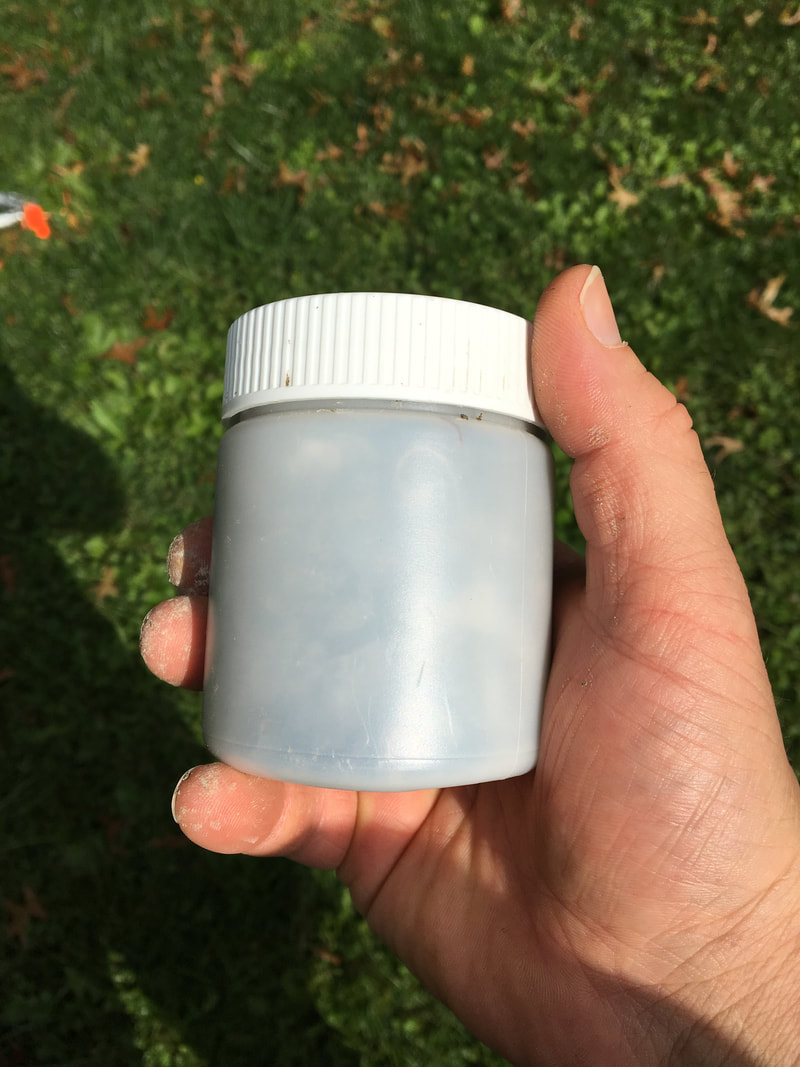
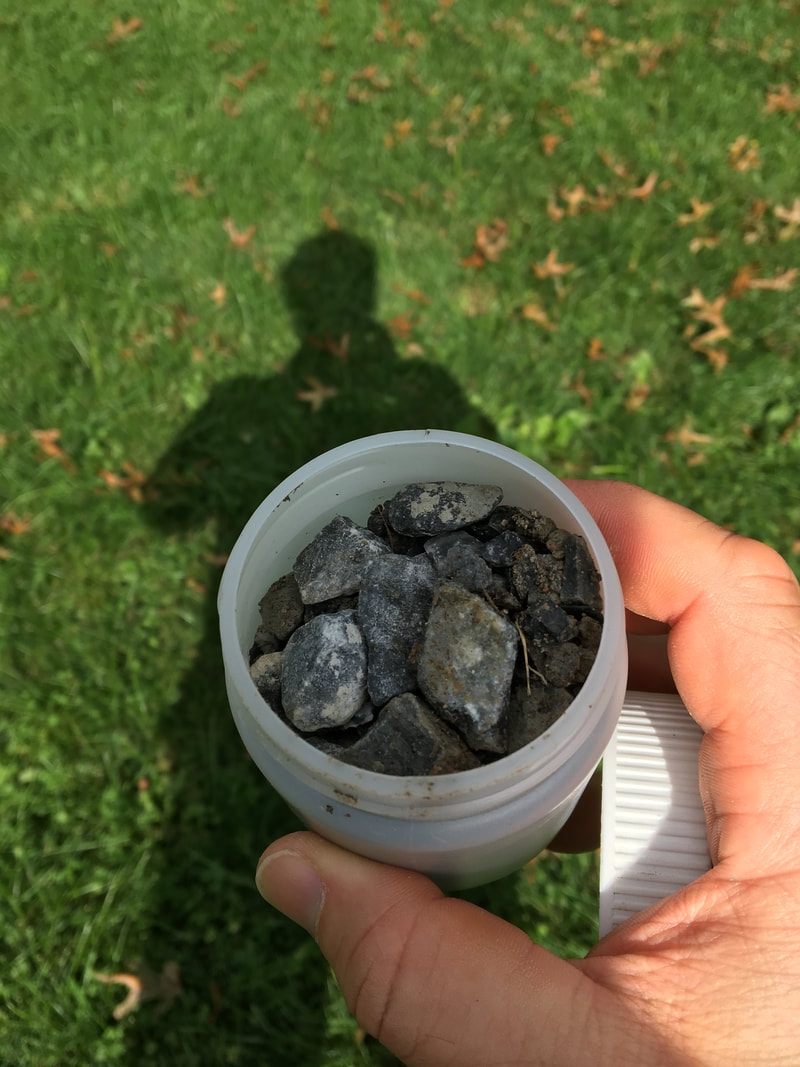
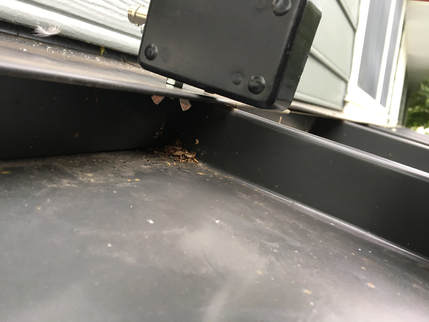
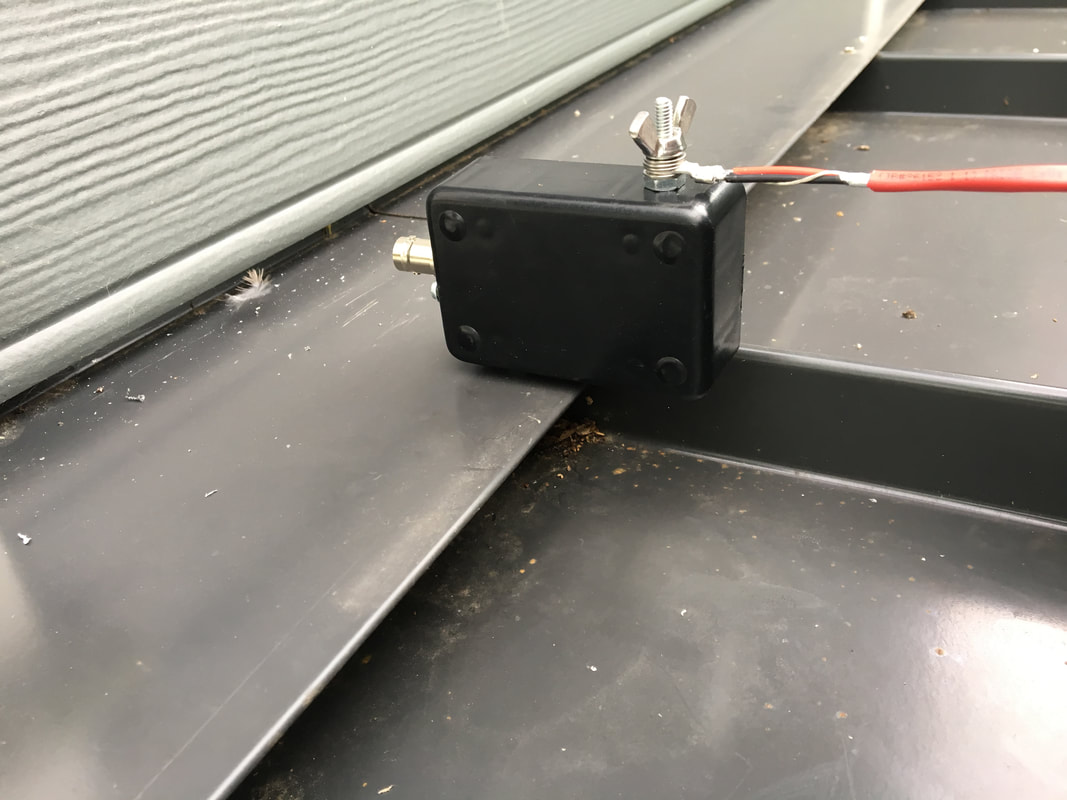
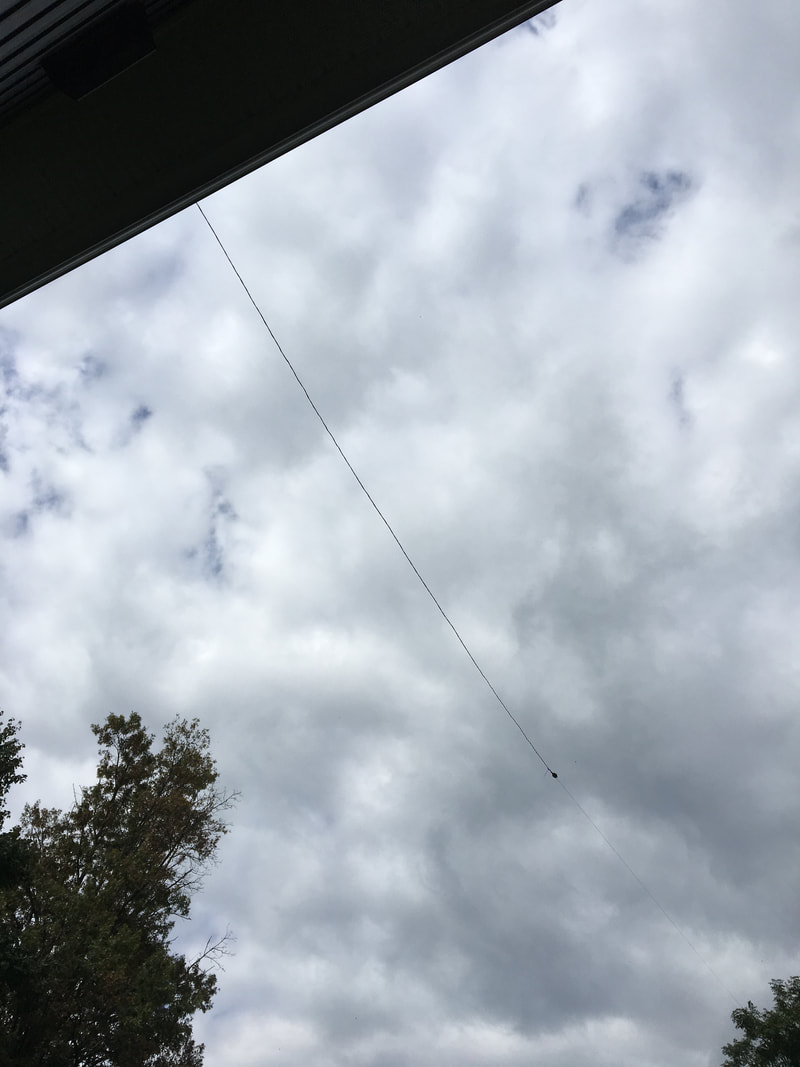
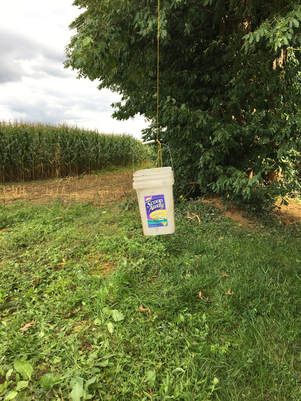
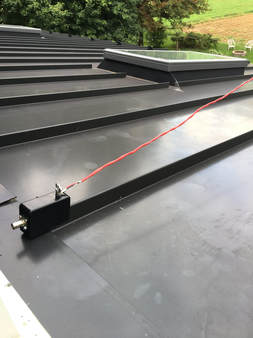
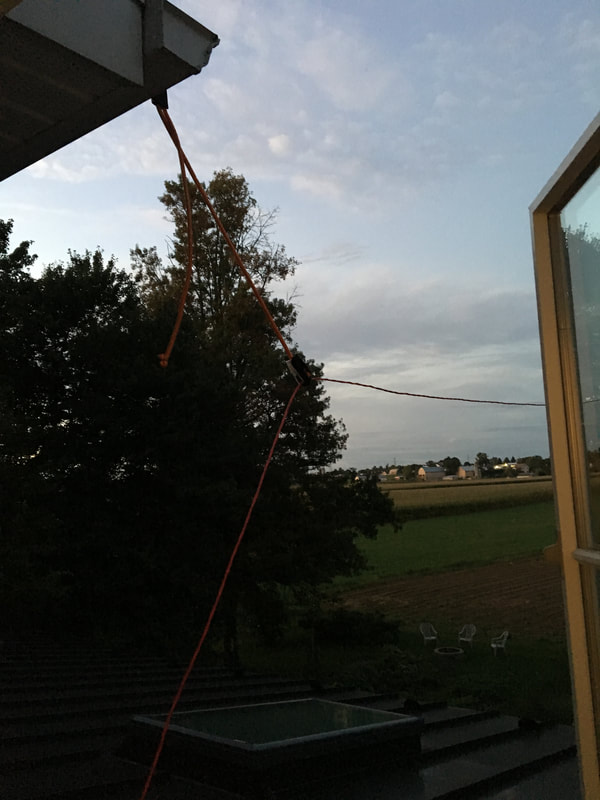
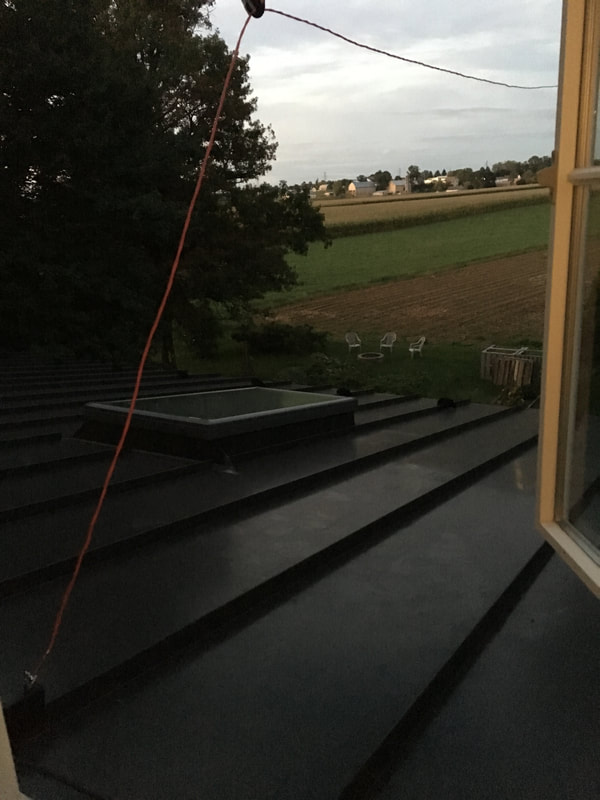
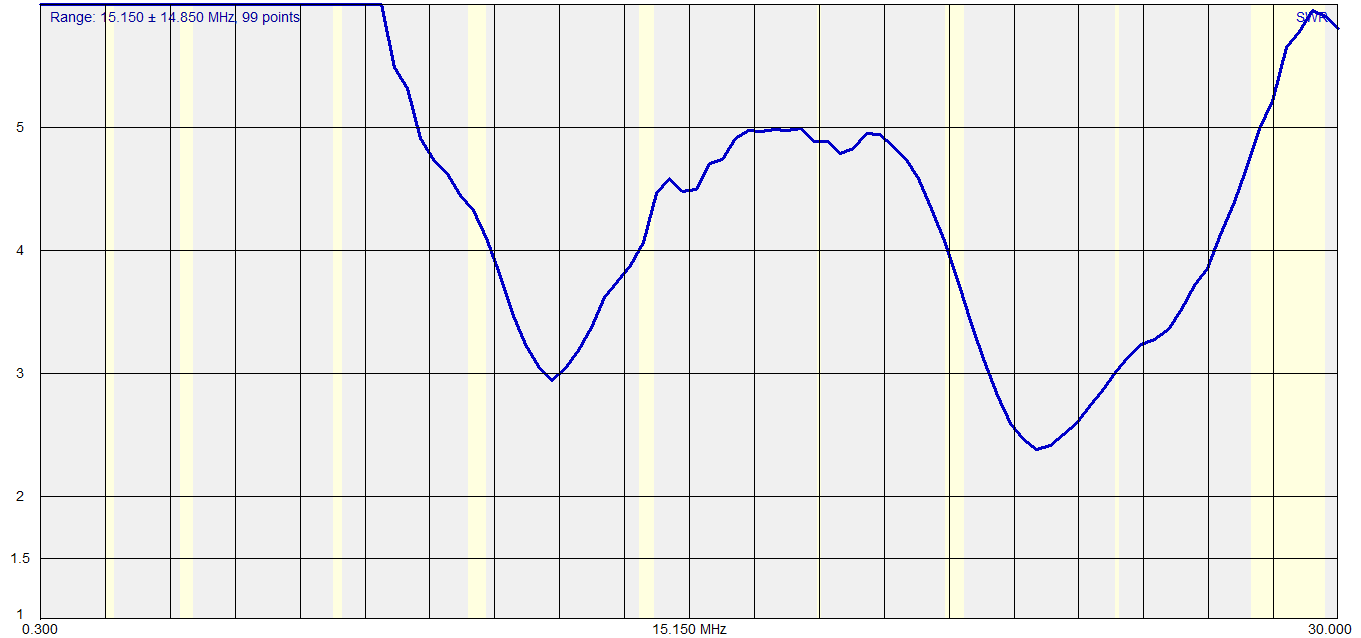
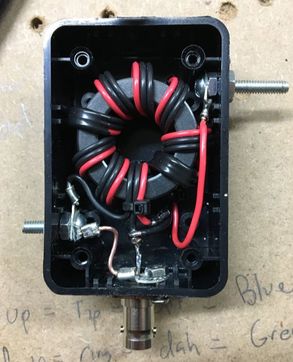
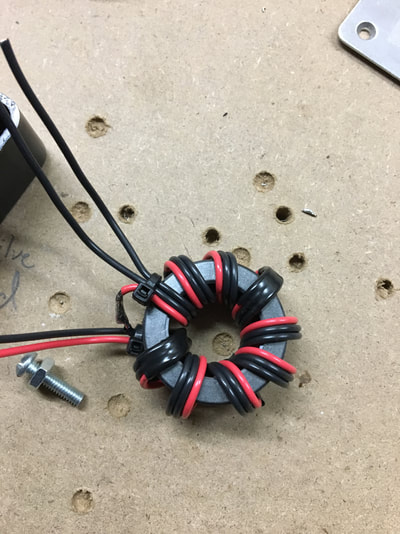
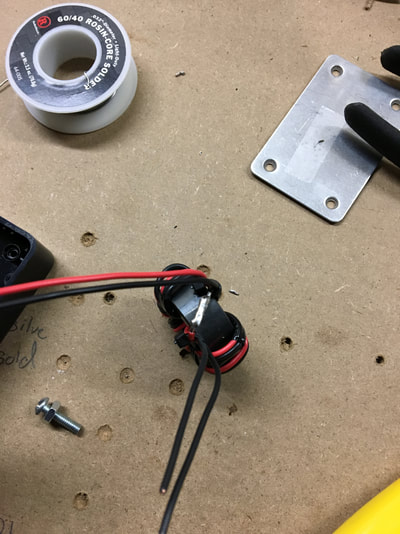
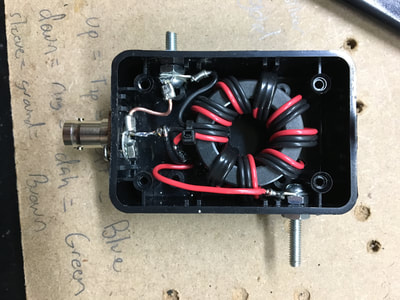
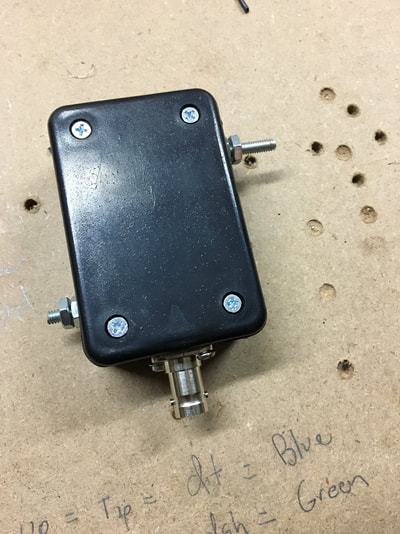
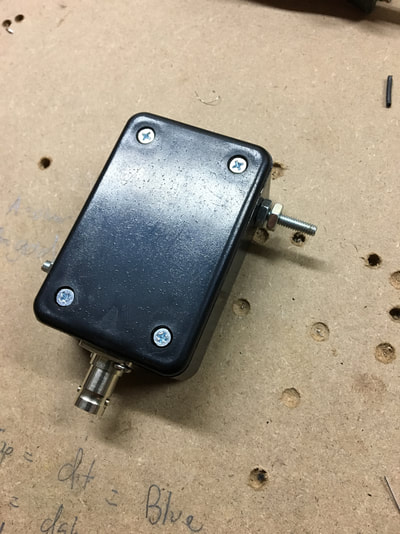
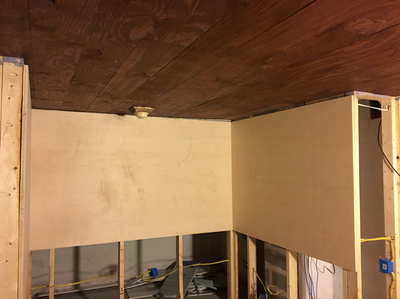
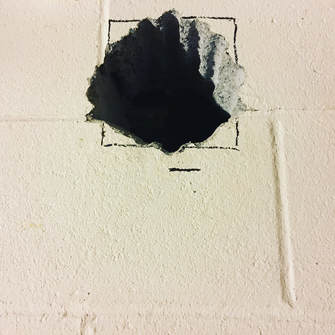
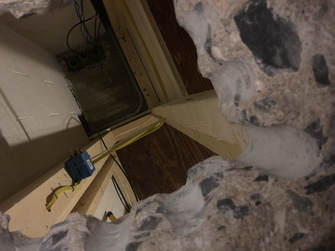
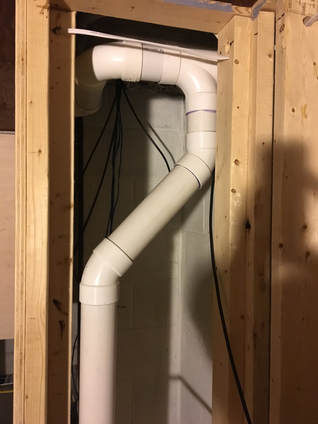
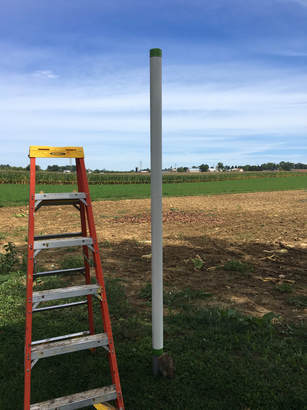
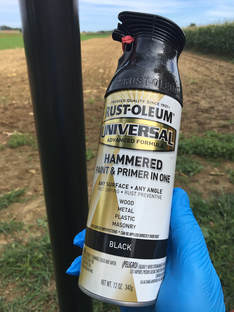
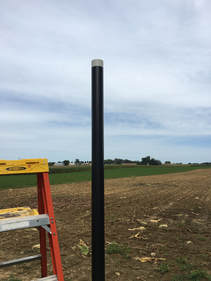
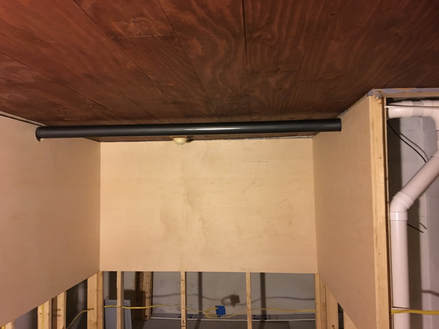
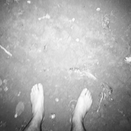
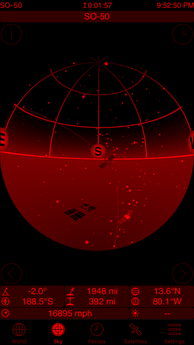
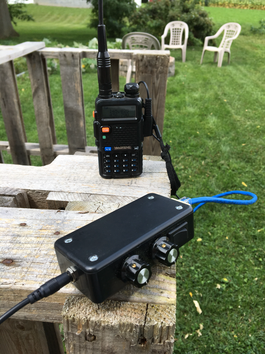
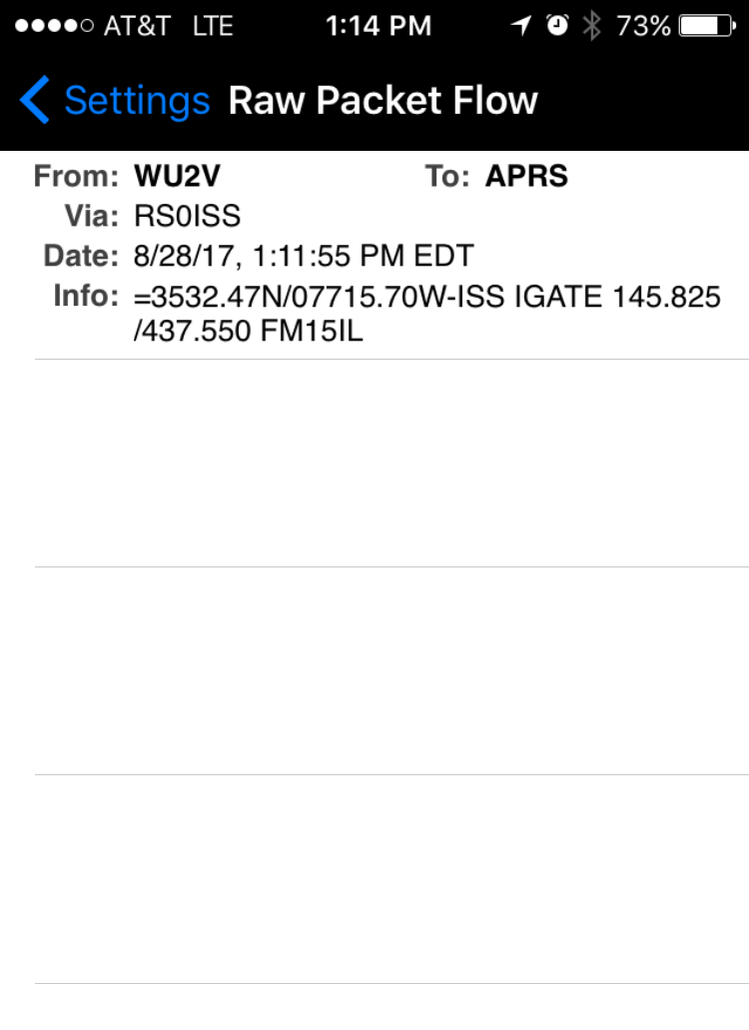

 RSS Feed
RSS Feed


